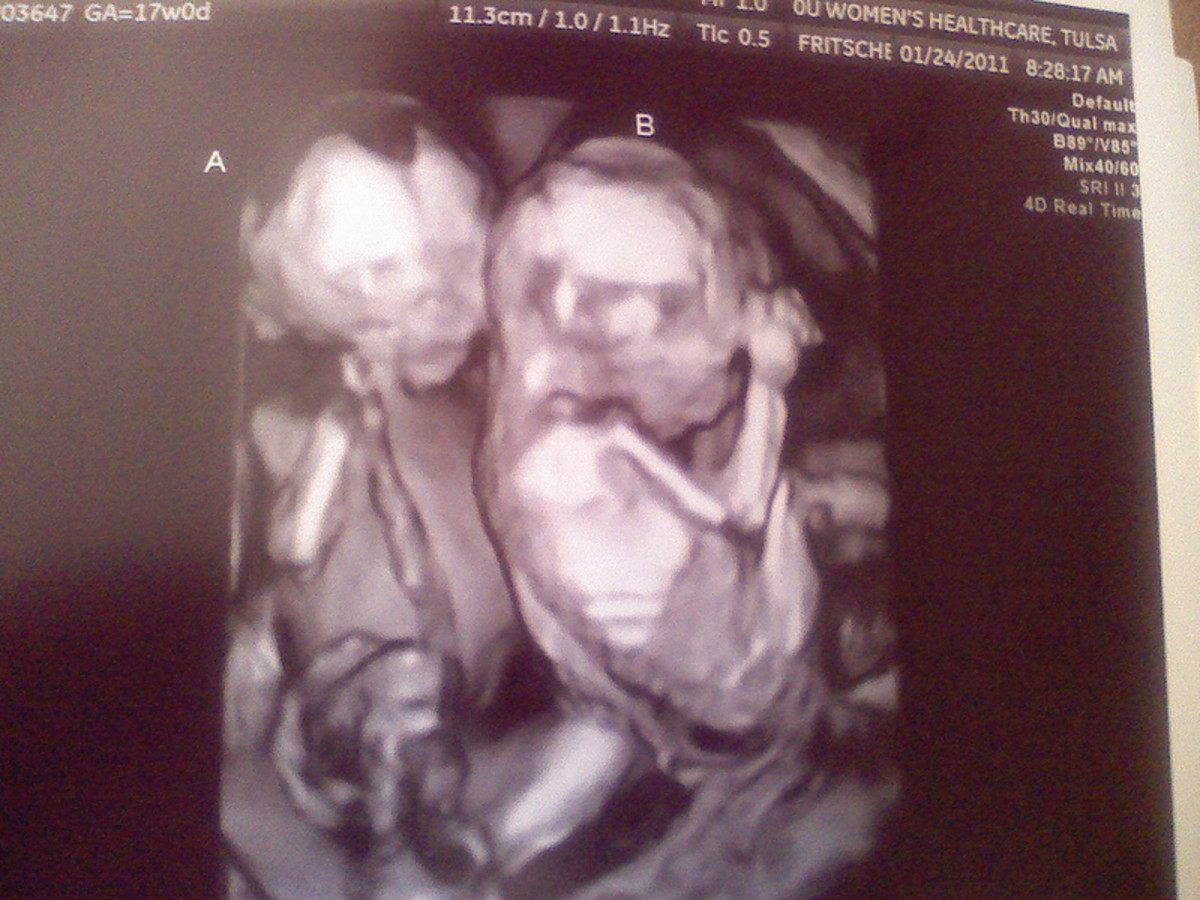
These feedback approaches relied on accurate classification. Recently, several approaches have been tried such as somatosensory 11, tactile 12, and visual feedbacks 13 to give a more natural feedback to the subject. As appropriate practice improves a motor skill, imagery practice by appropriate feedback is required for robust BMI control 8, 10. Mastering a MI resembles the acquisition of a new motor skill 9. In addition, BMI illiteracy may not only be due to the user but also partly to the training protocol and the feedback 8. Furthermore, this variability could be larger in an imagery task rather than in an actual movement task because the individual strategy of imagination may differ among the subjects. Additionally, the EEG activity may also change according to the alertness, attention, and inherent fluctuation of a subject. Contact impedance, placement of the electrodes, and environmental noise slightly vary from time to time. The EEG environment may not be identical for each recording. This phenomenon in these subjects is called "BMI illiteracy" 7, which may result from the individual variability of the EEG signals. In the EEG-based BMI, about 15–30% of users do not gain control of the BMI system. However, the network underlying a MI, or some kind of imagery can be different depending on the imagery tactics (e.g., object-related imagery activates object areas, whereas the imagery of faces activates face-related areas in the fusiform gyrus) 6. Thus, most of the movement BMIs use sensorimotor activities during MI.

The neural activity by MI is known to originate from the motor and somatosensory areas 5. We call it motor imagery (MI), which is a particular type of mental imagery defined as the mental simulation of a specific action without any corresponding motor output 4. Neural activity occurs even while a person imagines moving body parts. The answer would be the neural activity while imagining a movement. Then the question is what is the command signal that disabled people can manipulate. In particular, one of the major goals for a BMI is to decode a command signal from the motor cortex, which serves as a new functional output 3. For people with a severe neuromuscular disability, a BMI might replace or even restore lost natural outputs 2. These findings could contribute to MI training methods.Ī brain machine interface (BMI) is designed to translate raw neural signals into motor commands so that it reproduces body movements with a neuroprosthetic device 1. The MI could be well classified because the KMI recruits a similar network to the ME. The degree centrality (DC) was significantly higher in the left-S1 at the alpha-band in the KMI than in the VMI. Additionally, the connectivity patterns were correlated between the ME-KMI and between the VO-VMI.

The mean accuracies of the classification of the KMI and VMI were 98.5% and 99.29% by connectivity measures (alpha and beta, respectively), which were higher than those by the normalized power (p < 0.01, Wilcoxon paired rank test).

We tried to classify the KMI and VMI by conventional power analysis and by the connectivity measures. Subjects performed different conditions, including motor execution (ME), KMI, VMI, and visual observation (VO). Electroencephalography data were recorded. Because these imagery tactics may use different networks, we hypothesized that the connectivity measures could characterize the two imageries better than the local activity. Kinesthetic motor imagery (KMI) is proprioceptive (OR somato-) sensory imagination and Visual motor imagery (VMI) represents a visualization of the corresponding movement incorporating the visual network. Motor imagery (MI) is the only way for disabled subjects to robustly use a robot arm with a brain-machine interface.


 0 kommentar(er)
0 kommentar(er)
